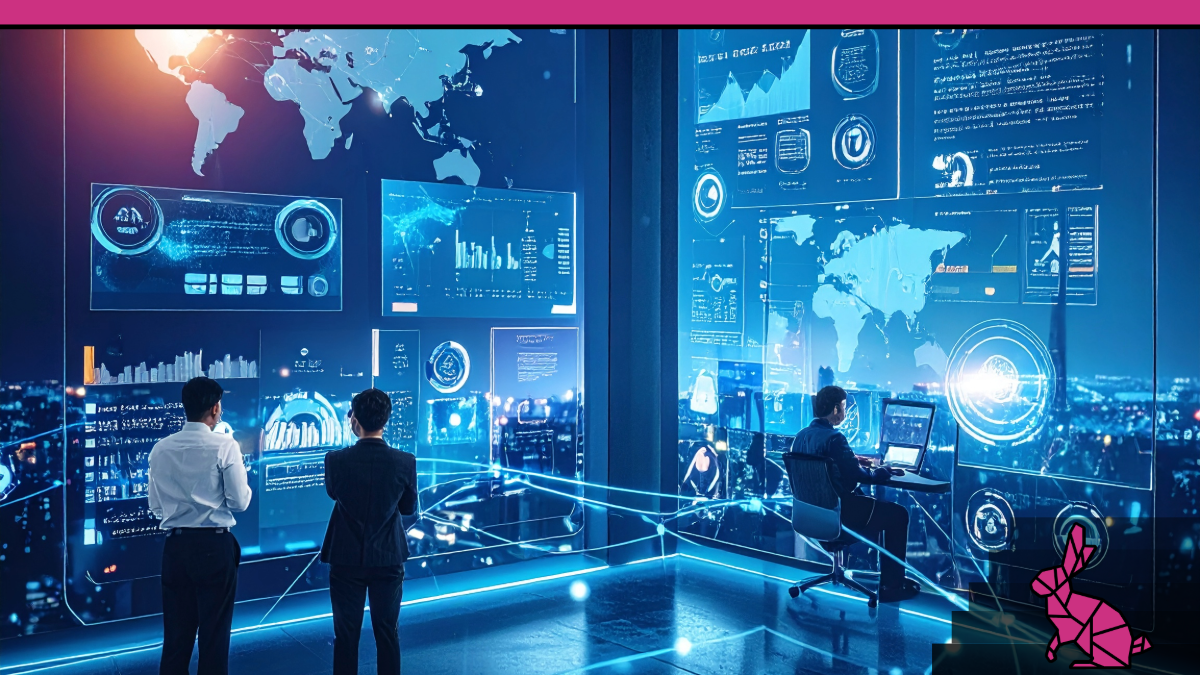Technology

Technology
Deep Space Data Centers: AI's Ticket to Infinite Compute?

Technology
The Great Document Lie: We Never Actually Went Digital

Technology
The Great Irony: Schools Axed Human Skills Just as the Robots Showed Up

Technology
The Dawn of Deflationary Abundance and the Shadow of Velvet Tyranny

Technology
Stop Chasing New Travelers. Start Rewarding the Ones Who Already Love You.

Technology
Introducing the Bot Customer Experience (BCX) Field

Technology
E-E-A-T: Why Authenticity Isn't Just Nice - It's Your Survival Edge

Technology
The Death (and Rebirth) of the Website: When AI Becomes the Front Door to the Internet

Technology
Inside the Engine Room of Enterprise AI: Why Forward-Deployed Engineers Matter

Technology
X Is Buzzing with Robotics Breakthroughs—and the Future Feels Close

Technology
The Bottleneck That’s Stalling the AI Revolution: Growth Outpacing Power Supply
Technology
Singularity Part 4 - Risks and Safeguards: How We Design a Humane Singularity
Technology
Singularity Part 3 - The Age of Interests: How Purpose Replaces Paychecks
Technology
Singularity Part 2 - What Happens to Work: The Collapse of Jobs-as-Identity

Technology
Singularity Part 1 - Defining the Singularity: When Speed Outruns Our Ability to Keep Up

Technology
Is AI + Blockchain About to Obliterate the Traditional Real Estate Industry?

Technology
AI in Healthcare: Why It’s Outpacing Other Industries

Technology
The New Martech Power Map: How AI Redraws Winners and Losers
Technology
The Dark Side of AI: A Dystopian Future We Must Avoid


